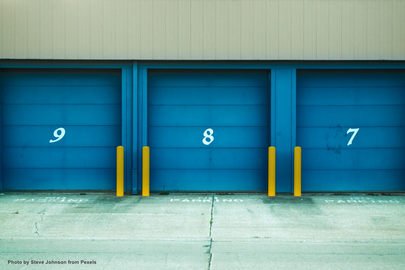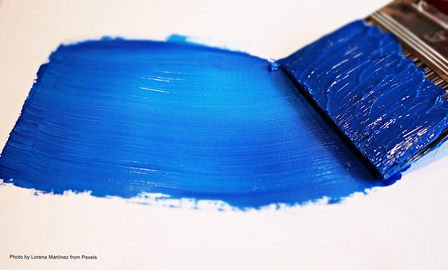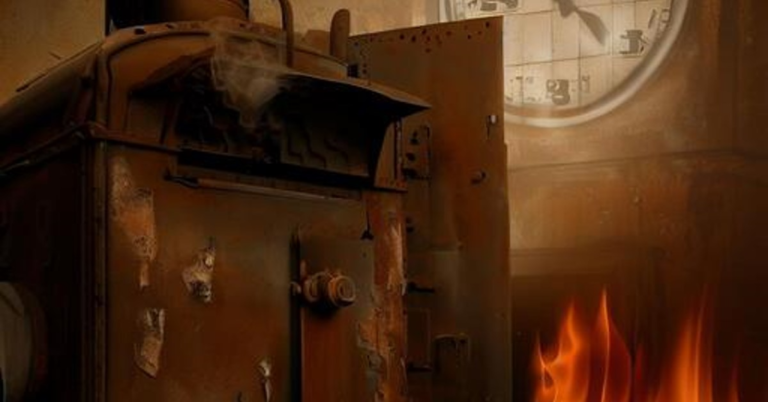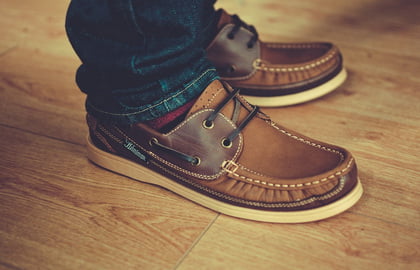A Quick Glance…
Vinyl siding is a popular choice for home exteriors due to its durability and low maintenance requirements. On average, high-quality vinyl siding can last anywhere from 20 to 40 years, depending on various factors such as the quality of the installation, the weather conditions in the area, and how well it’s maintained. However, it’s worth noting that with proper care and maintenance, some vinyl siding has been known to last up to 60 years. It’s always a good idea to regularly check your siding for any signs of damage or wear and tear, as catching issues early can help prolong its lifespan.
What is vinyl siding?
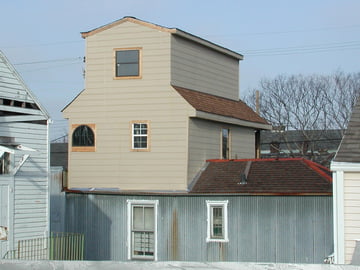
Vinyl siding is made from polyvinyl chloride and is a type of siding that people attach to the exterior of their homes. Vinyl siding has been around much longer than most people think. It was first introduced in the 1950s as an alternative to wood siding.
It was used to aggrandize the popularity of modern homes and was also more affordable at a time when traditional siding (wood) became more expensive. Vinyl siding is still one of the most popular options for home exterior covering for many reasons listed below.
Today, there are several types of vinyl, each with different characteristics depending on their intended use and cost.
What are the pros and cons of using vinyl siding?
Vinyl siding is one of the cheapest options for exterior cladding. It has low maintenance costs and a longer lifespan than other materials such as wood or aluminum. Vinyl sidings also look similar to natural wood, if it isn’t for the stark contrast in colors. They are available in a wide variety of colors and textures and can be custom-made to fit any house design perfectly. The downside of vinyl siding is that it must be painted every two years or weather will cause it to deteriorate quickly which can lead to cracks, chips, and peeling paint; however this is not an issue with aluminum siding which has an average life span over 20 years.
Is vinyl siding durable/weather resistant?
The beauty of vinyl siding is that it is durable, weather resistant, and lasts a long time. Vinyl siding is designed to be an all-weather product. Vinyl siding may not be as aesthetically appealing as other materials, but the durability and weather resistance are what make it stand out.
Does vinyl siding require any maintenance?
Vinyl siding is a type of material that has been made popular for use on homes because it can be very low-maintenance. Unlike other types of exterior finishes, vinyl siding requires no painting or sealing. This means there is no need to worry about the decision of what color to paint your house, and the maintenance will not cost you money in the long run. The only regular maintenance required for vinyl siding is an occasional wiping with soap and water to remove dirt or a buildup of oil from cooking.
How much does vinyl siding cost?
Vinyl siding can be expensive, depending on the quality. A lower-quality vinyl will cost about $2 to $3 per square foot installed. A high-quality vinyl will cost about $4 to $6 per square foot installed.
How often should you replace your vinyl siding?
People typically replace their vinyl siding every 10-15 years. However, this can depend on the quality of the vinyl and how well it is maintained. If you are experiencing problems with your vinyl siding that cannot be repaired, then it may have to be replaced sooner than the average lifespan of 10-15 years to prevent a greater problem in the future.
What is the most popular color for vinyl siding?
The color that is most popular in the siding industry would have to be white. There are some other colors that are available but white is more on the neutral side and a lot of people prefer it. It also reflects light really well and can be scrubbed off when it becomes dirty, which means that you might not need to repaint for a few years.
Conclusion:
The benefits of siding do not outweigh the cost. Aesthetically, vinyl does not provide the same look as more traditional materials like cedar shake or wood. Vinyl, however, is easier to keep clean and maintain. The color options are also extensive and there are many styles to choose from that won’t break the bank.
